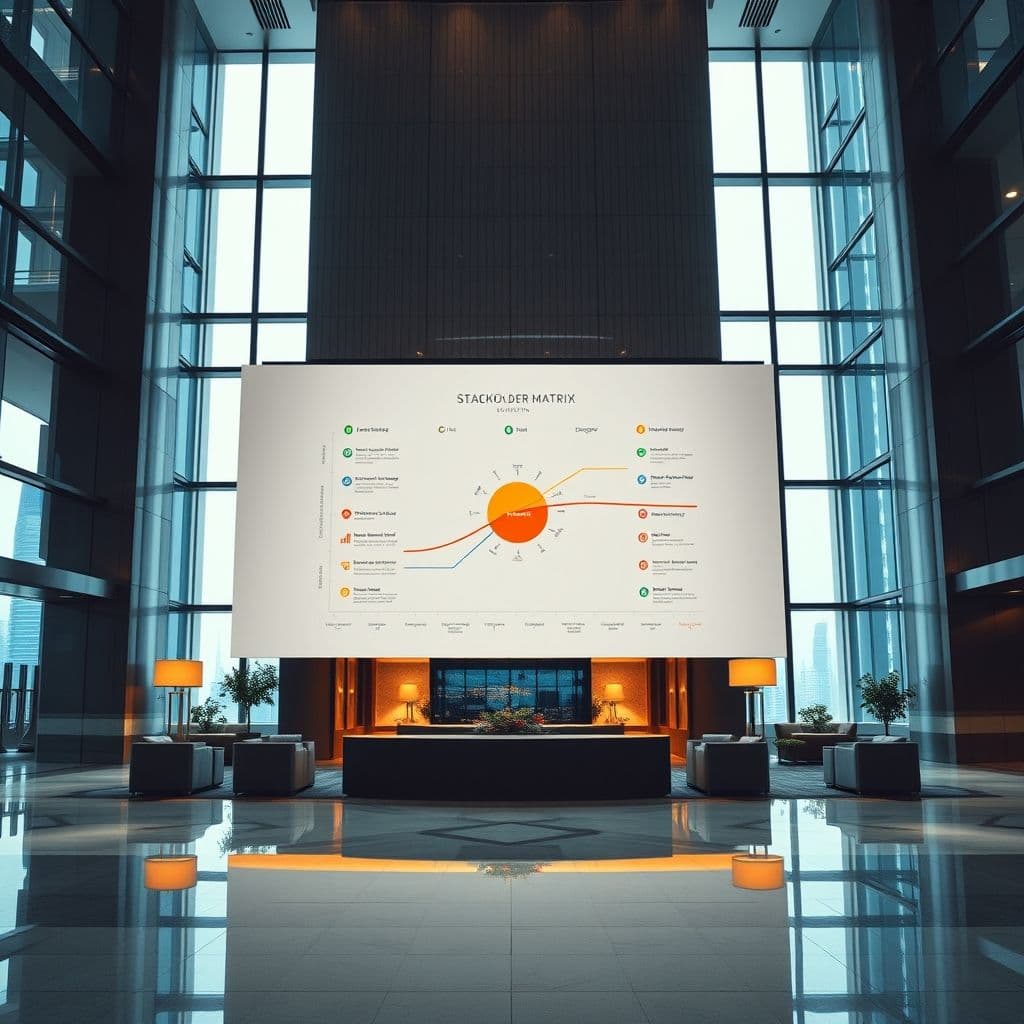Mastering the Art of Setting Expectations: A Step-by-Step Guide

Setting clear expectations is the cornerstone of successful collaborations, whether in business, personal relationships, or team projects. Misaligned expectations often lead to frustration, missed deadlines, and strained relationships. This guide will walk you through a proven 7-step process to master the art of expectation setting, ensuring clarity, alignment, and mutual understanding in all your interactions. View original learning path
Step 1: Understand the Importance of Setting Expectations
Before diving into the how, it's crucial to understand why setting expectations matters. Clear communication ensures everyone is on the same page, reducing the risk of misunderstandings. Alignment fosters collaboration, as all parties work towards shared goals. By setting expectations upfront, you create a foundation of trust and accountability. For example, a project manager outlining deliverables and timelines early prevents last-minute surprises.
Step 2: Identify the Key Stakeholders
Not all stakeholders have the same influence or interest in your project. Internal stakeholders (like team members or managers) and external stakeholders (such as clients or vendors) may have different priorities. Primary stakeholders, those directly impacted by the outcome, require special attention. Tip: Create a stakeholder map to visualize their influence and interest levels, ensuring you address each group appropriately.

Step 3: Gather Information
To set realistic expectations, you need comprehensive information. Start by understanding the objectives—what are you trying to achieve? Identify constraints like budget, time, or resources that may limit options. Gather requirements from stakeholders to ensure their needs are met. For instance, a software development team must know user requirements before committing to features. Pro tip: Use questionnaires or interviews to collect detailed input.
Step 4: Define and Document Expectations
Vague expectations lead to confusion. Be specific—instead of 'complete the project soon,' say 'deliver the first draft by November 30.' Make expectations measurable so progress can be tracked. Ensure they're realistic; overpromising sets you up for failure. Document everything in a shared space, like a project charter or meeting notes. Example: A marketing team might document expected campaign metrics (e.g., 10% increase in leads).
Step 5: Communicate Expectations
Clear communication is where expectations come to life. Use simple, jargon-free language to ensure understanding. Be transparent about limitations or potential challenges. Encourage two-way communication—allow stakeholders to ask questions or voice concerns. A good practice is to follow up written communication with a verbal discussion to confirm alignment. For example, after emailing project goals, host a Q&A session.

Step 6: Manage and Adjust Expectations
Expectations aren't set in stone. Monitor progress regularly to spot deviations early. Be flexible—if circumstances change (e.g., new budget constraints), adjust expectations through negotiation. Always communicate changes promptly to maintain trust. For instance, if a deadline becomes unrealistic, propose a revised timeline with stakeholders. Tip: Use regular check-ins to stay ahead of potential issues.
Step 7: Evaluate and Learn from the Process
After completing a project or phase, reflect on how expectations were managed. Gather feedback from stakeholders—what worked well? What could improve? Identify lessons learned to refine your approach for next time. Continuous improvement turns expectation setting into a strategic skill. Example: A post-mortem meeting might reveal that earlier risk discussions could have prevented scope creep.
Conclusion
Mastering expectation setting transforms how you collaborate, reducing conflicts and boosting outcomes. By following these seven steps—from understanding the importance to continuous learning—you'll build stronger, more transparent relationships with all stakeholders. Remember, clear expectations are the bridge between confusion and success.
Frequently Asked Questions
- How can I handle unrealistic expectations from stakeholders?
- Use data and clear communication to reset expectations. Explain constraints objectively and propose alternative solutions that are achievable.
- What tools can help document expectations effectively?
- Project charters, shared documents (Google Docs, Notion), or collaboration tools like Trello or Asana work well. Choose tools all stakeholders can access easily.
- How often should I revisit expectations during a project?
- Regular check-ins (weekly or biweekly) are ideal. Increase frequency if the project is fast-paced or high-stakes to catch adjustments early.





